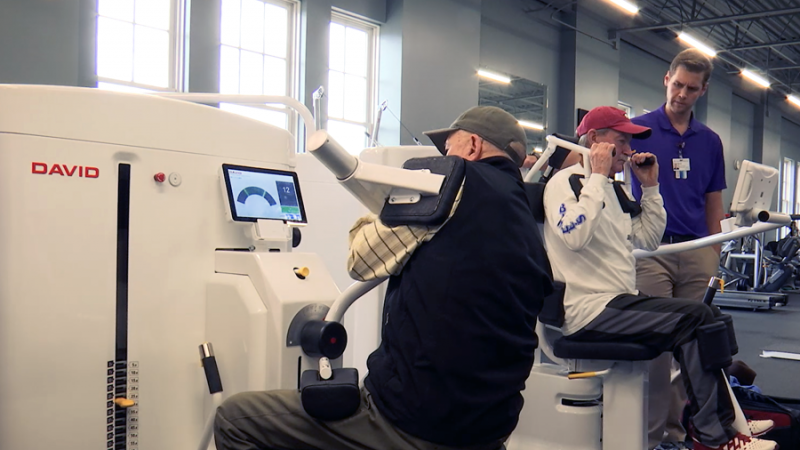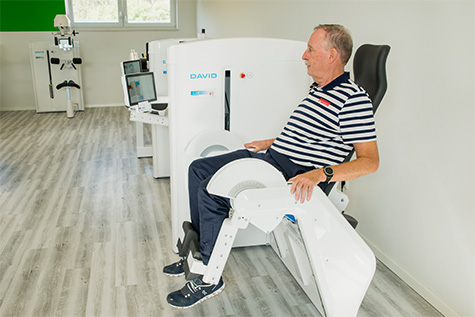Clinical Examination, Diagnosis, and Conservative Treatment of Chronic Low Back Pain: A Narrative Review
Objective
To provide a detailed and evidence-based overview of the clinical examination, diagnostic procedures, and conservative treatment options for chronic non-specific low back pain (CNSLBP), focusing on improving patient management and outcomes.
Methods
This narrative review utilised the following approaches:
- Consultation of Belgian guidelines for low back pain.
- A snowball search based on two foundational articles.
- Literature reviews from the Cochrane database using keywords such as “low back pain,” “multidisciplinary biopsychosocial rehabilitation,” “physical examination of lumbar spine,” and “rehabilitation back pain.”
- Reference to three authoritative handbooks on physical rehabilitation, sports medicine, and spine surgery.
The review emphasised the importance of an accurate and thorough diagnosis to distinguish between specific and non-specific low back pain. Conservative management was recommended, including patient education, reassurance, exercise, and multidisciplinary biopsychosocial rehabilitation. The David Spine Concept (DSC) positively improved mobility, strength, and return-to-work rates. Although evidence for some treatments like manual therapy and acupuncture remains inconclusive, a multidisciplinary approach yielded positive clinical outcomes for CNSLBP patients.
 English
English 
























